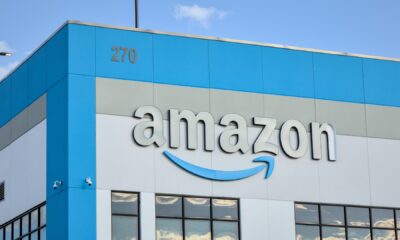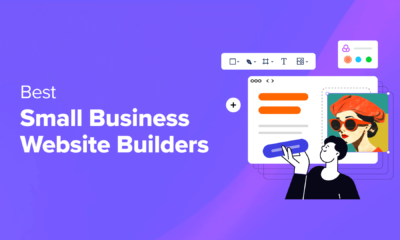MARKETING
Why do you need it for your business?

In the first year of launch, Slack secured $12 million in revenue, which jumped to $902 million in 2021. Similarly, Dropbox’s revenue of $603.8 million in 2015 grew to $1.91 billion in 2020.
These companies have one thing in common — a product-led growth strategy.
They offer a free version to let users get acquainted with their product. Once users implement the product in their workflow, they are drawn toward the premium plan with extensive support and growth strategies.
In the last few years, more and more companies like Trello, Calendly, WordPress, Spotify, Zapier and MailChimp have adopted the product-led growth model as it’s proving to be a boon for SaaS.
What is Product-Led Growth?
Product-led growth model uses the product itself to drive customer acquisition, conversion and retention. The user decides whether the product is a good fit, and it goes beyond reading marketing materials or talking to sales reps — the UX speaks for itself.
In traditional marketing, user experience depends on sales personnel. If the buyer is lucky, he gets a knowledgeable and empathetic salesperson, and the UX hits home; otherwise, it becomes an inconvenience for him.
But now, buyers prefer to self educate; with unlimited resources at their fingertips, only 22% need a salesperson to explain products. 81% of them trust word of mouth and 65% are sceptical towards company advertisements.
They want speedy customer service response — 10 minutes to be precise — high UX and intuitive software, which you can achieve with the product-led approach.
Why do you need Product-Led Growth for your SaaS Business?
In the Product-led growth model, users are behind the wheel. Unlike a sales funnel, selling is not the end; the product-led flywheel aims to support customers every step of the way.
It aligns sales, marketing and customer success to provide high UX, thus increasing the Customer Lifetime Value (CLV). They buy premium plans and become your greatest cheerleaders.
Benefits of Product-Led Growth
-
Low Customer Acquisition Costs
SaaS companies with less than $10 million ARR spend between $0.56 – and $0.77 to earn $1. But the product-led growth model uses the product itself to drive conversions, and you save money on sales, marketing, service efforts and scaling.
-
Higher Customer Lifetime Value
The PLG model is dedicated to customer happiness. When you implement it in your development, marketing and sales strategies, the product becomes more intuitive and user-friendly. Customers enjoy the product, which leads to higher CLV.
Customer satisfaction is essential, but so are profits. Openview found that PLG companies are valued 30% more than non-PLG companies. They say PLG companies attain higher NPS due to sticky products that users log into regularly.
How to become Product-Led?
1. Build an Interactive product with in-app communications
An interactive product featuring tooltips, chatbots, and prompts guides users to make the best out of it. They engage users and solve their queries on the spot.
2. Create Frictionless onboarding
Remove unnecessary fields like company size or the number of employees in the sign-up form. More users in exchange for lesser information is a good bargain.
3. Personalize the user experience
66% of customers expect you to know their individual needs, and 80% prefer companies that offer a personalized experience. Use interactive welcome screens that include links to resources so users can learn how to use the product. Send triggered emails to provide maximum support or gather feedback after specific user actions.
4. Reduce Time to Value (TTV)
Don’t let your customers wait for the value of your product. Roll out solutions in phases and not all at once, so users get value quickly and for a longer time. Educate your customers with guides or build in-app tutorials to help them attain maximum value from your product.
5. Encourage referrals
Product led growth rides on word of mouth, which increases the buying possibility by 50%. Create referral programs, so customers talk about your product. Encourage sharing results on social media and give incentives for referrals.
6. Use the right metrics.
To shift from traditional marketing to product-led, you need to measure the right metrics. Product led metrics are:
- Average Revenue Per User
- Customer Lifetime Value
- Product Qualified Leads
- Net Churn
- Virality
Summing Up
Product led growth model directly affects your revenue as you save big bucks on hiring sales teams, thus reducing the CAC. Slack hired its first CMO when it became a $1.1 billion-dollar company.
Shift from sales-led to a product-led company by focusing on your product and educating your target audience. Product led growth is effective, and it’s here to stay.
Source link

















You must be logged in to post a comment Login